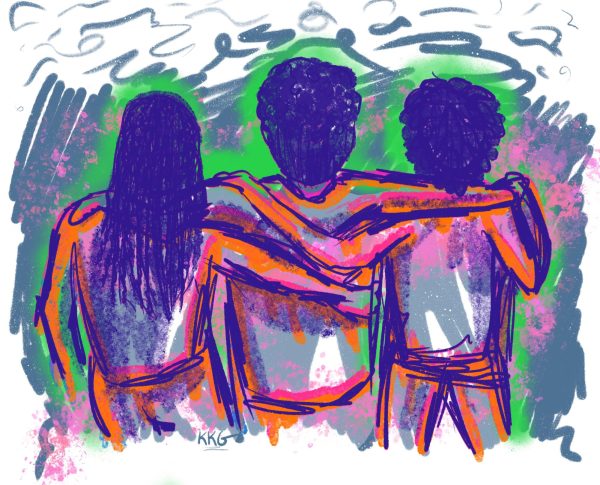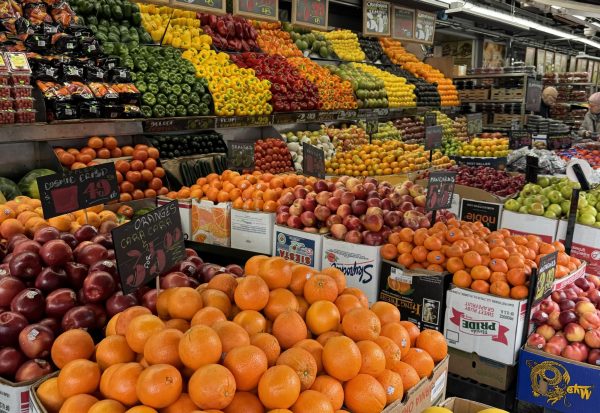Vaccination for the Nation
About 30,000 adverse reactions to vaccines have been reported to the Vaccine Adverse Event Reporting System (VAERS) every year since 1990. About 10-15 percent of these, or 3,000-4,500, are considered serious reactions. Hospitalization, life-threatening illness, death and permanent disability are all considered serious reactions. However vaccines also have saved an estimated 732,000 children from death and have prevented childhood illnesses since 1994.
Vaccines should be required for everyone who is physically able attending any type of school out of courtesy to the others in the building. If everyone is vaccinated, fewer students will miss valuable education time and the school environment would be more comfortable.
Vaccines also save families time and money in the long run. If a child contracts a disease, a parent will often have to stay home from work, go to the doctor’s office and get the prescribed medicine. With the flu a child is contagious for around eight days, but with a more serious illness like rotavirus, a child may be contagious for up to 30 days. A vaccine, on the other hand, is often attainable at a low or no pay with medical insurance.
If a child isn’t kept home from school or other social activities while they are still contagious, they can greatly affect other children. If most children in the classroom are vaccinated they will most likely not obtain the disease, but if there is an immunocompromised student who isn’t able to receive a vaccine, an ordinary disease may be deadly. Although it wasn’t the choice of the vulnerable student’s parents to not vaccinate, they end up facing the consequences of illness. The student may have to stay home for longer than the average student due to the state of their immune system, costing the family more in missed work and medical bills.
Whooping cough is a disease preventable by vaccines, yet there has been a recurrence of the disease. It can be deadly to babies, especially to those not old enough to be completely vaccinated. Since 2010, around 10-20 babies have died yearly from the disease.
Vaccines do have controversial and dangerous ingredients. There is a belief that a mercury compound, called thimerosal, which is found in some flu shots is linked to autism but studies show no link between ASD and thimerosal. Two Hepatitis A vaccines, MMR (measles, mumps, and rubella) and one chicken pox vaccine are raised in the cells of aborted fetuses. There are also vaccines made using animal products which contradict some vegetarian and vegan ideals. Some vaccines are even produced with a human blood plasma protein. While some of these can be dangerous, they are used in such small amounts that they are safe for the human body.
Vaccines not only protect us now, but they also protect for the future. Many diseases have almost disappeared due to vaccines. For example, people no longer receive smallpox vaccines because the disease has been wiped out. There has not been a case of smallpox since 1977, which took place in Somalia. The count of polio cases has also decreased drastically, going from 29,004 deaths yearly to no reported cases in the United States. The use of vaccines has allowed many previously deadly diseases to decrease by 99% in the year 2012.
While many argue that achieving immunity naturally from diseases is more effective, there is often more risk. If a disease is deadly, there is always a chance that one may pass away instead of achieving immunity of the disease. If a child has the vaccine, they will be less likely to contract the disease, and if they do, they will reach immunity that way. If a child contracts a disease and they are unvaccinated, the disease will often be more severe. This will cost the family more time off work and medical bills than being vaccinated would.
Serious diseases like leukemia can weaken the immune system. A weakened immune system makes a child much more susceptible to severe outcomes. When a parent makes a choice to get their child a vaccine, they are helping other children stay healthier. A sick child can spread the disease to others.
While most children get vaccines, it isn’t likely that everyone will suddenly realize the benefits of vaccines and shift their views. The most efficient and effective way to protect children from disease is to require vaccines within schools. Even if one child may not need a vaccine there is a child that does need extra protection against disease and doesn’t have the option to get it.















